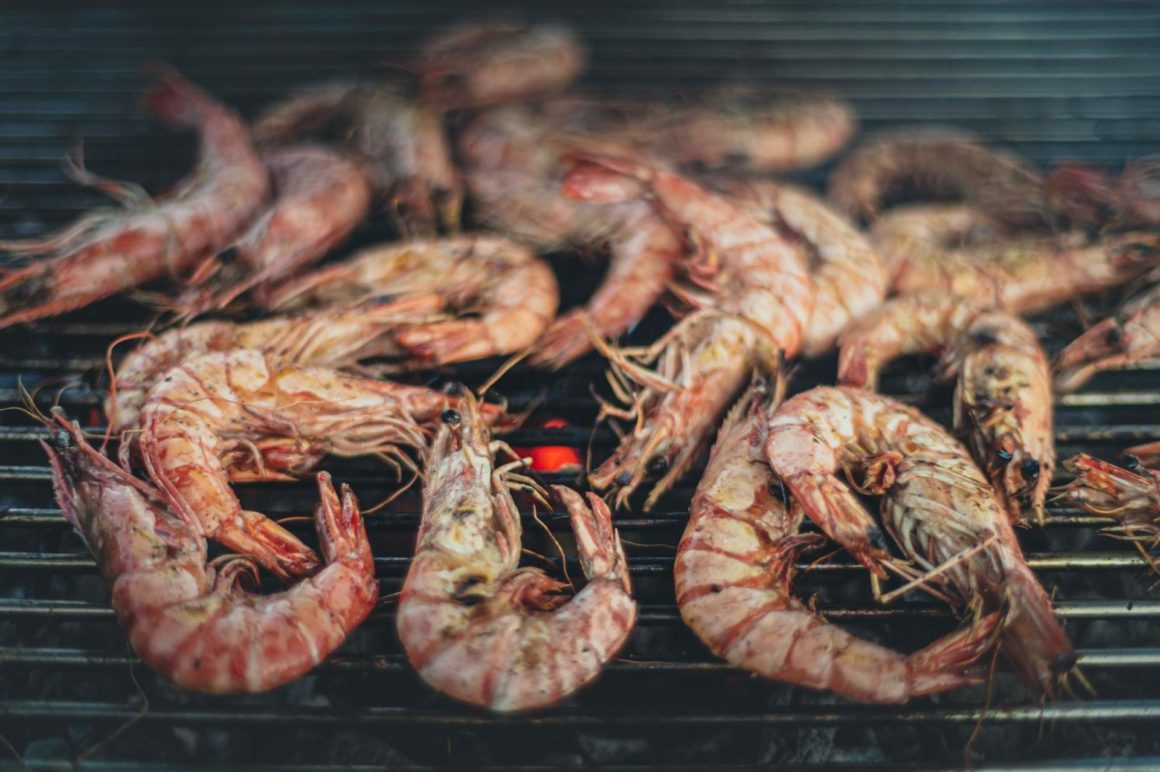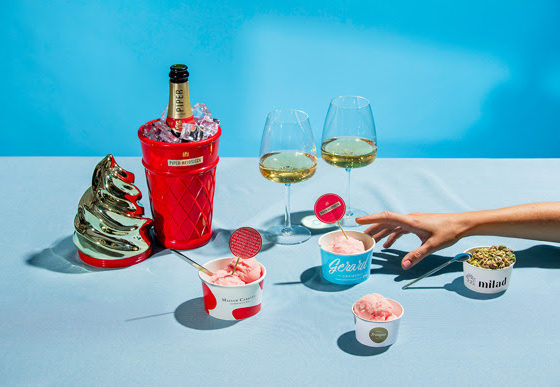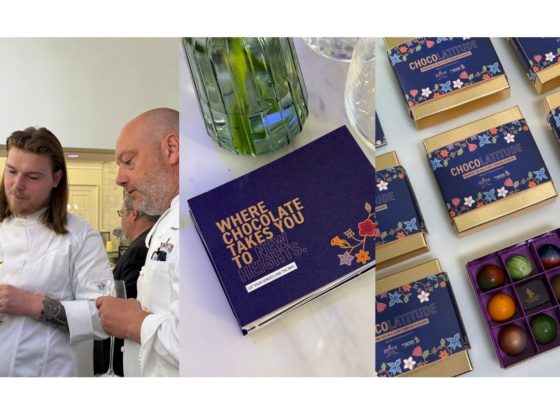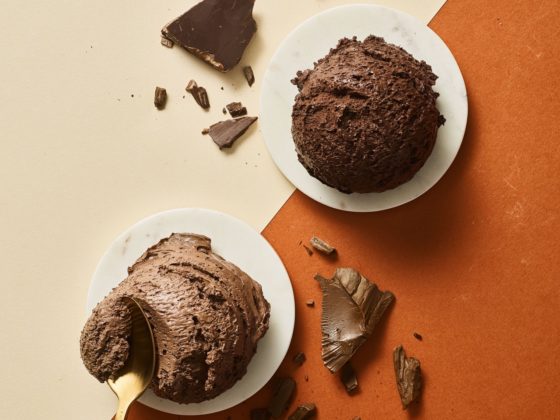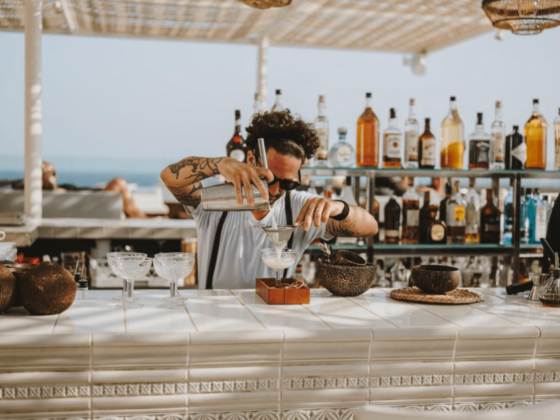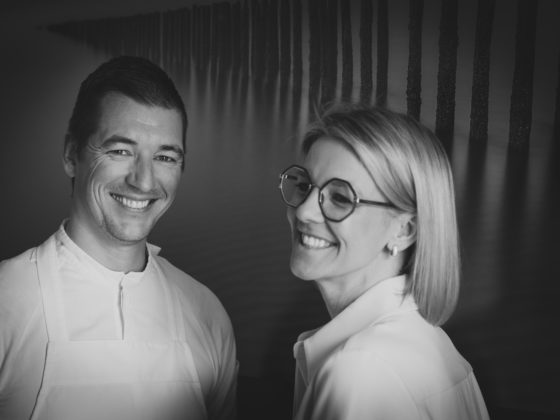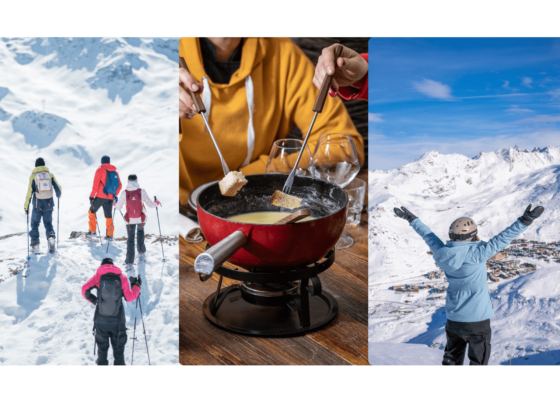Our wine specialist Jasper Van Papeghem is ex Best Sommelier of Belgium 2017-2018 and former sommelier of two-star restaurant De Jonkman in Bruges. Each month, he brings his own unique perspective on the world of wine. And he gives insight into his notebook with 'coup de coeurs'.
Aaaah… Here it is, my second article on bbq pairing. Last time, I already made you long for a blissful summer day with the heavenly scents of burning charcoal and brought you a pairing of mussels with lime grass and a volcanic and ethical wine. Today, there is an irresistible pairing of a dish with langoustines, just like the first dish also prepared by world champion BBQ Peter De Clercq with two white Spanish wines. Buen apetito!
dish 2: Langoustines in newspaper

Requirements for 4 persons:
- 1 newspaper
- 8 langoustines
- 1 bottle of dry white wine
- 4 hands full of dill
- 4 hands full of seaweed (beach or better fishmonger)
- 4 hands full of sea lavender (fishmonger)
- cayenne pepper
- fleur de sel
Preparation:
- You make four packets of newspaper, each filled with two langoustines. Soak two newspaper sheets for each packet in white wine. Spread out the wet sheets and stack them in pairs.
- Make a bed with some dill, seaweed and sea lavender. Arrange two langoustines on top and season with cayenne pepper and fleur de sel. Cover again with dill, seaweed and sea lavender and fold the newspaper into a package.
- Place the newspaper packages with the langoustines in the smouldering charcoal and cook for 10 minutes. Turn occasionally.
- Take the langoustines out of the parcels and serve plain.

WINE PAIRING WITH THIS RIGHT
Longoustines are without doubt one of the most refined seafoods, with their beautiful firm flesh and sweet-salty texture, they can be found on just about every star chart in Belgium.
I admit it: when I saw this dish in my mailbox, I frowned at the same time: langoustines in newspaper? The proverbial two left hands in the kitchen is still a euphemism for myself, but with the coronagraphs, this was an excellent opportunity to invite the hobby collective the 3Js from Oostakker to try out the recipe. Langoustines themselves have a very delicate balance between salt and slightly sweet with firm flesh providing some extra bite. The final touch in this dish is mainly in the preparation with seaweed and sea lavender, which add umami (a difficult taste to describe, but maybe google can help you) and salt. Back to the newspaper then… Here, it serves mainly as a casing to allow the white wine to marinate the langoustine and the salty fumes of our seaweed (and sea lavender, of course) to circulate evenly. Is the newspaper a gadget? Not at all! It ensures that the langoustine remains nice and niche and absorbs the aromas perfectly.
So we are looking for a wine with a spicy-silky flavour profile that perfectly matches the complex, delicate character of the dish. My first choice is a wine that I have used for years as one of the very best choices with seafood:Leirana 2020 Leirana 2020, 75 cl. (Forjas del Salnés | D.O. Rias Baixas | Galicia) | La Buena Vida.

Going readers of this column will know by now that I have a soft spot for the fantastic wines from Rias Baixas. A warm climate with refreshing sea influences where the best vineyards are so close to the sea that the salt settles in the vineyard. The unique combination of exotic ripe fruit and herbs with the salty touch in the wine makes for a brilliant combination that works on several levels. The acidity of the wine and the saltiness provide perfect support for the umami character of the dish, while the full fruitiness highlights the langoustine. This pairing is therefore a perfect interaction between the equal components in wine and dish, whereby they lift each other to a higher level.
The second wine La Maca Macabeu 2016 La Maca 2016, 75 cl. (Gramona | D.O. Penedès | Catalunya) | La Buena Vida is vinified by one of Spain’s very best biodynamic wine estates: Gramona. World famous as one of the very best cavas and a winemaker who has only one goal: to get the highest possible quality from his terroirs. Just like their cavas, the wines are only released when they are ready to drink. On the nose, light tropical fruits, ripe apple and grapefruit zest. In the mouth, a rather rich, slightly oily structure due to the maturation in amphorae and old oak barrels. The pairing here is rather complementary: where the dish is rather fresh and spicy, the wine brings some plumpness and structure to the dish, making it extra mouth-filling and powerful. With this wine, I recommend serving it at a slightly higher temperature in large glasses or, if possible, decant briefly.
Do you think this article tastes like more? Soon there will be a sequel with a delicious bbq recipe from Dierendonck. If you cannot wait for this, you can already enjoy our articles in our section PureFood. Thanks for reading and see you soon!
Visit our PureFood page for more food inspiration

